Pharmacological properties
Diclofenac gel when applied topically has a pronounced anti-inflammatory, analgesic, anti-edematous and antiplatelet effects, which is associated with the inhibition of the biosynthesis of prostaglandins, kinins and other inflammatory mediators. The drug reduces the permeability of the vascular wall of capillaries, stabilizes lysosomal membranes, and reduces the temperature in the focus of inflammation.
Menthol, which is part of the drug, has a rapid analgesic effect due to its cooling effect, enhancing the analgesic effect of diclofenac.
Diclofenac gel helps reduce swelling of joints and periarticular tissues, reduces pain at rest and during movement, reduces morning stiffness, increases the range of motion in the joints, their functional and motor ability. By reducing the aggregation ability of platelets, the drug improves local microcirculation.
The amount of diclofenac that penetrates the skin is proportional to the contact time of Diclofenac gel and the area of skin to which it is applied, and also depends on the dose of the drug and the degree of hydration of the skin. After application of Diclofenac gel to the skin surface, the absorption of diclofenac is about 6%. An occlusive dressing can increase the resorption of diclofenac several times. After topical application, diclofenac is determined in blood plasma, synovial membrane and synovial fluid of the joints. Diclofenac binds to plasma proteins by 99%. The metabolism of diclofenac occurs mainly by hydroxylation with the formation of several derivatives, two of which are pharmacologically active, but to a much lesser extent than diclofenac. Diclofenac and its metabolites are excreted mainly in the urine in the form of glucuronides.
In patients with kidney disease, cumulation of diclofenac and its metabolites was not observed.
In patients with chronic hepatitis or compensated cirrhosis of the liver, the pharmacokinetics and metabolism of diclofenac do not change.
Indication
Local use in the complex therapy of inflammatory processes, pain syndrome in:
- localized forms of inflammatory and degenerative diseases of the joints and spine, including osteoarthritis, osteoarthrosis of peripheral joints and spine;
- rheumatic diseases of soft tissues (including tendovaginitis, shoulder-hand syndrome, bursitis, periarthritis, periarthropathies);
- post-traumatic inflammation of soft tissues, tendons, ligaments, muscles and joints (sprains, dislocations, strains, bruises, swelling).
Application
The drug is used externally. 1 g of Diclofenac gel (a strip of gel 2.5-3 cm long) is applied with a uniform thin layer to the skin and rubbed in lightly for 1-2 minutes. After applying the drug, it is necessary to wash your hands (except in cases where the application is carried out on the hands). The procedure is repeated 2-4 times a day. The average daily dose for adults is 4-5 g of gel, which corresponds to 120-150 mg of diclofenac sodium.
The duration of treatment with Diclofenac gel for post-traumatic inflammation of soft tissues or rheumatic diseases of soft tissues is 10-14 days, and for the treatment of osteoarthritis – up to 4 weeks.
If it is necessary to use Diclofenac gel simultaneously with diclofenac tablets, the daily dose of the latter should not exceed 50 mg.
Contraindication
- Hypersensitivity to diclofenac, menthol or other components of the drug; history of attacks of hives, urticaria, acute rhinitis or other allergic reactions caused by taking acetylsalicylic acid or other nonsteroidal anti-inflammatory drugs; pregnancy and breastfeeding; children under 15 years of age.
Side effects
In this dosage form, Diclofenac gel is well tolerated. In some patients, if the rules of use are not followed or if an overdose occurs, local skin irritation may occur: rarely – allergic or contact dermatitis with the formation of papules, bullae or skin desquamation; individual cases of photosensitization, the formation of infiltrates, abscesses, and necrosis of adipose tissue are possible.
The occurrence of systemic side effects after topical application of Diclofenac gel is unlikely. Given the possibility of prolonged use, application of the drug to large areas of skin, the likelihood of using doses exceeding the recommended ones, and the simultaneous use of drugs also containing diclofenac or other nonsteroidal anti-inflammatory drugs, the following side effects may occur (most characteristic of injectable and tablet forms of diclofenac):
Gastrointestinal tract: heartburn, loss of appetite, nausea, vomiting, constipation or diarrhea, epigastric pain, intestinal cramps, flatulence; rarely – ulcerogenic effect with or without bleeding or perforation; in some cases, the development of nonspecific hemorrhagic colitis, aphthous stomatitis, glossitis, esophageal damage, pancreatitis, exacerbation of hemorrhoids is possible;
on the part of the kidneys: edema, in some cases – acute renal failure, hematuria, proteinuria, interstitial nephritis, nephrotic syndrome, necrotizing papillitis;
Liver: possible development of toxic hepatitis;
from the side of the central nervous system: dizziness, headache, extremely rarely – increased fatigue, in some cases – paresthesias, memory impairment, disorientation, insomnia, irritability, anxiety, depression, nightmares, tremor, psychotic reactions, convulsions, aseptic meningitis, visual impairment (diplopia), hearing impairment (tinnitus), taste disturbance;
from the cardiovascular system: tachycardia, chest pain, increased blood pressure, heart failure;
allergic reactions: in some cases – generalized skin rash, bullous rashes, eczema, polymorphic erythema, purpura, urticaria, erythroderma, Stevens-Johnson syndrome, Lyell’s syndrome (toxic epidermal necrolysis), bronchospasm;
changes in laboratory parameters: anemia, leukopenia, thrombocytopenia, agranulocytosis, decrease or increase in blood glucose and potassium levels, possible increase in serum aminotransferase activity.
The appearance of the above symptoms requires discontinuation of Diclofen-gel and the appointment of symptomatic treatment.
Special instructions
Diclofenac gel is used only externally.
The drug should be applied to intact skin. Avoid contact with eyes and other mucous membranes, and in case of contact, rinse with plenty of running water. The gel should not be applied under air-tight (occlusive) bandages, and thermal procedures and insolation (including artificial) should be avoided on the skin areas with the gel applied.
Do not use simultaneously with sunscreen, cosmetic creams, repellents or other local products in the areas where Diclofen gel is applied.
You can get dressed no earlier than 10 minutes after applying the drug, take a shower/bath no earlier than 1 hour after applying the gel.
Be sure to wash your hands after the application procedure (except when the application is made on the hands).
Given the possible long-term use of the drug and/or application to a large area, it is prescribed with caution (taking into account the increased risk of adverse effects) to elderly, debilitated people, people with low body weight, people with a history of erosive-ulcerative diseases of the gastrointestinal tract, people with bronchial asthma, blood disorders, hypertension, heart failure, and severe liver and kidney diseases.
Should not be used simultaneously with other drugs containing diclofenac.
With prolonged use, periodic monitoring of blood counts and liver and kidney function, blood pressure monitoring, and stool analysis for occult blood are necessary.
Alcohol consumption and smoking increase the risk of gastrointestinal bleeding.
Use during pregnancy and breastfeeding. Use of the drug during pregnancy is contraindicated. If it is necessary to use the drug during breastfeeding, breastfeeding is recommended to be discontinued during the course of treatment.
Children: There is no experience in children under 15 years of age.
Ability to influence the reaction rate when driving vehicles or working with other mechanisms. There is no data on the ability of the drug Diclofen-gel to influence the reaction rate when driving vehicles or working with other mechanisms.
Interactions
When using Diclofenac gel, the possibility of interaction with other drugs is minimal. However, given the possibility of prolonged use, the use of doses exceeding the recommended ones, application of the drug to large areas of skin, in the case of simultaneous use of other diclofenac preparations or other non-steroidal anti-inflammatory drugs, the possibility of the following interactions cannot be excluded:
- with anticoagulants, antithrombotic agents, the risk of bleeding increases;
- Diclofenac gel may reduce the effectiveness of antihypertensive therapy with angiotensin-converting factor inhibitors;
- with acetylsalicylic acid or other non-steroidal anti-inflammatory drugs, the risk of side effects increases;
- with glucocorticoids and alcohol, the ulcerogenic effect is enhanced;
- the use of Diclofenac gel with digoxin, phenytoin, lithium preparations, quinolones may lead to an increase in the concentration of these drugs in the blood plasma;
- Diclofenac gel may reduce the effectiveness of diuretics; when administered with potassium-sparing diuretics, hyperkalemia may develop;
- use of Diclofenac gel within 24 hours before or after taking methotrexate may lead to an increase in the concentration of this drug in the blood plasma and, accordingly, to the manifestation of its toxic effects;
- when combined with oral hypoglycemic drugs, the development of both hypo- and hyperglycemia is possible;
- Diclofenac gel may enhance the nephrotoxicity of cyclosporine.
Overdose
No cases of overdose have been reported. Given the method of administration, when following the dosage regimen and due to the low systemic absorption of diclofenac, an overdose of Diclofenac-gel is unlikely. However, with prolonged use of the drug in doses exceeding the recommended ones and / or when applied to a large area of skin, the above systemic side effects may occur due to the resorptive effect.
Treatment. Remove or wash off any remaining gel from the skin. There is no specific antidote. Symptomatic therapy. Forced diuresis is ineffective due to the high degree of binding of diclofenac to blood plasma proteins.
Storage conditions
At a temperature not exceeding 25 °C.




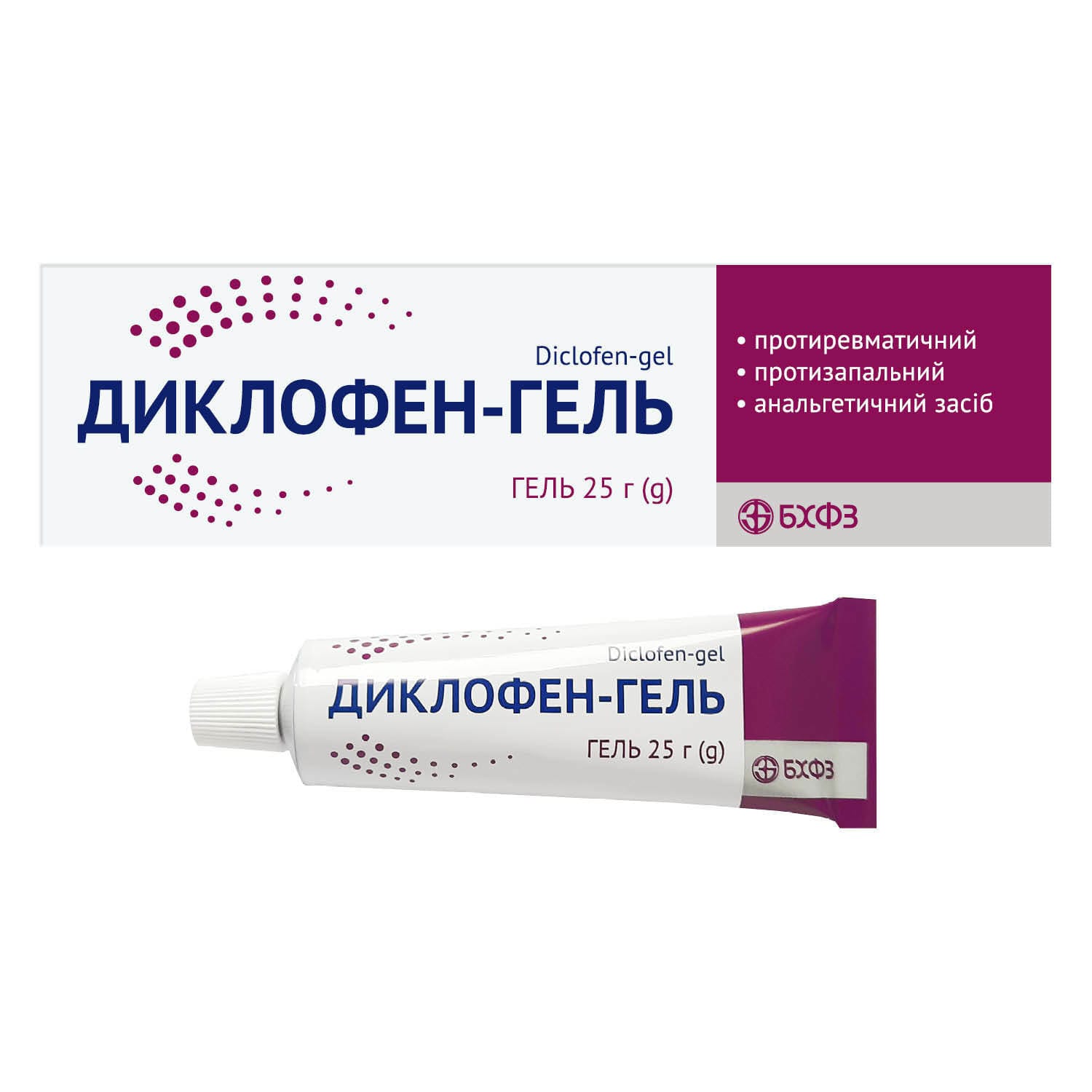

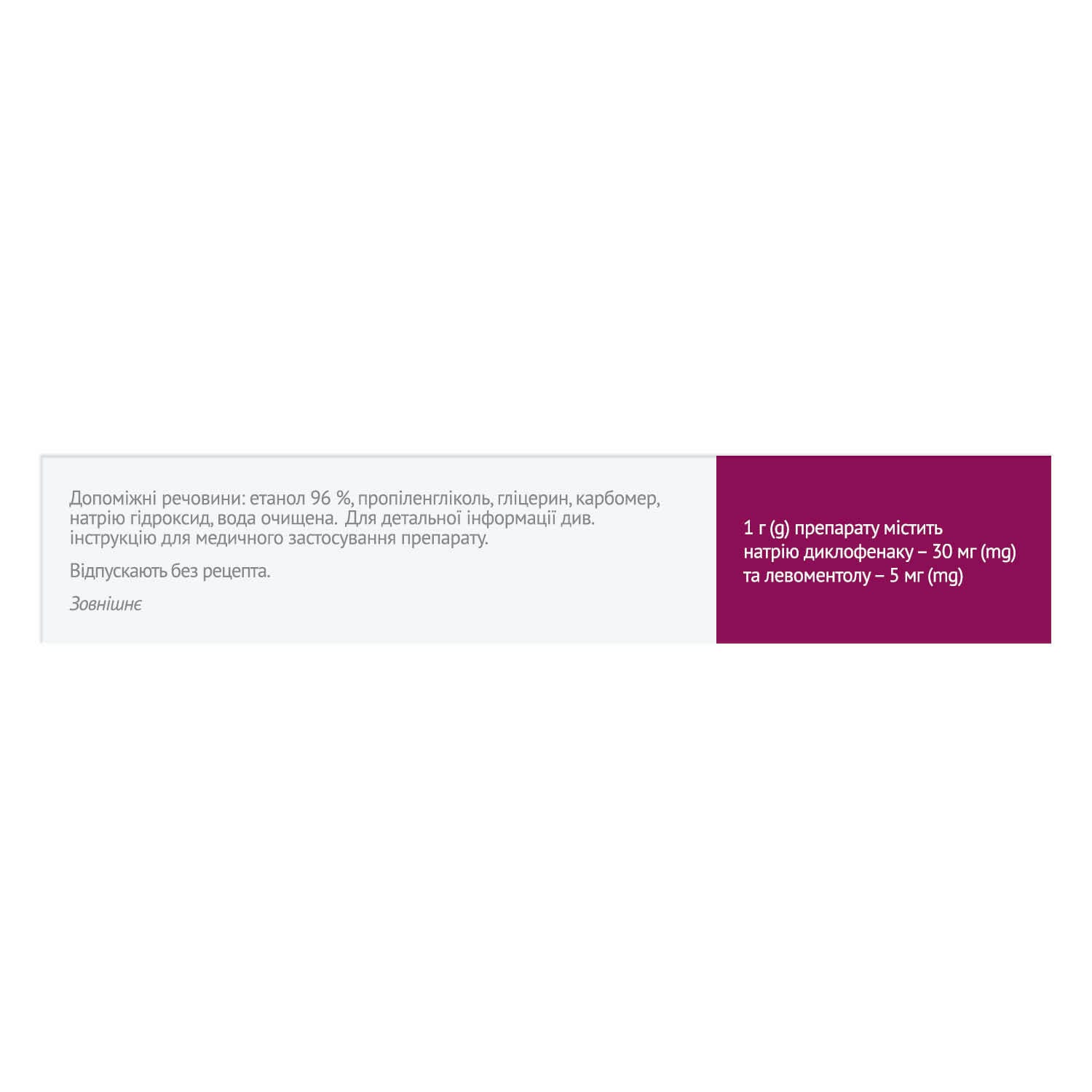
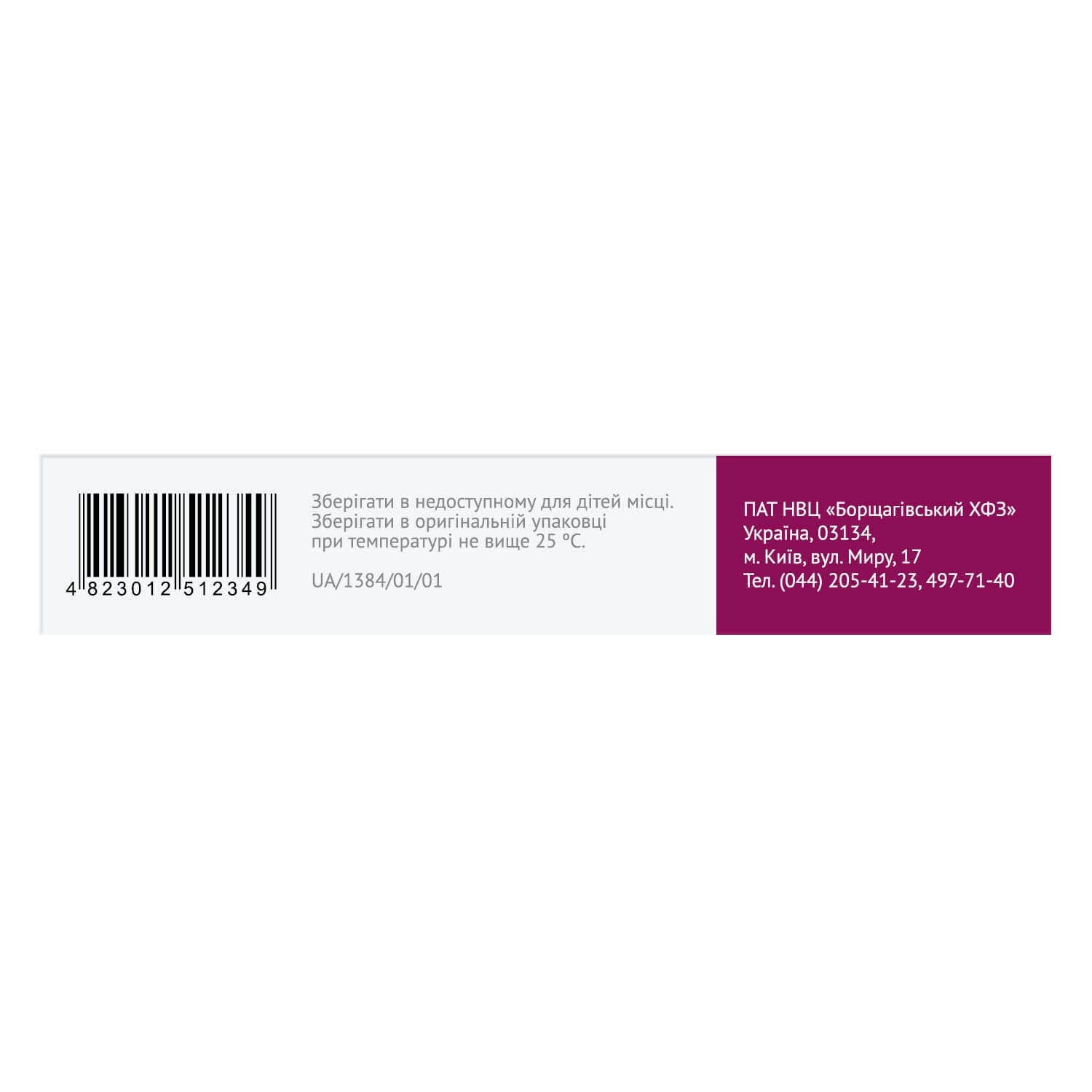

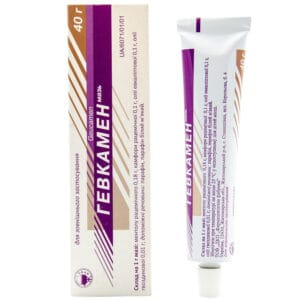
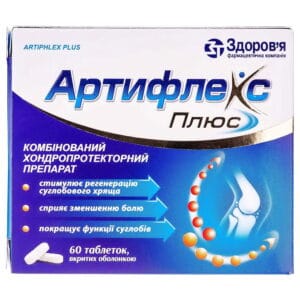
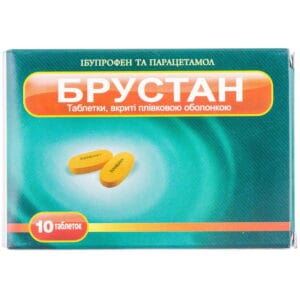
Reviews
There are no reviews yet.